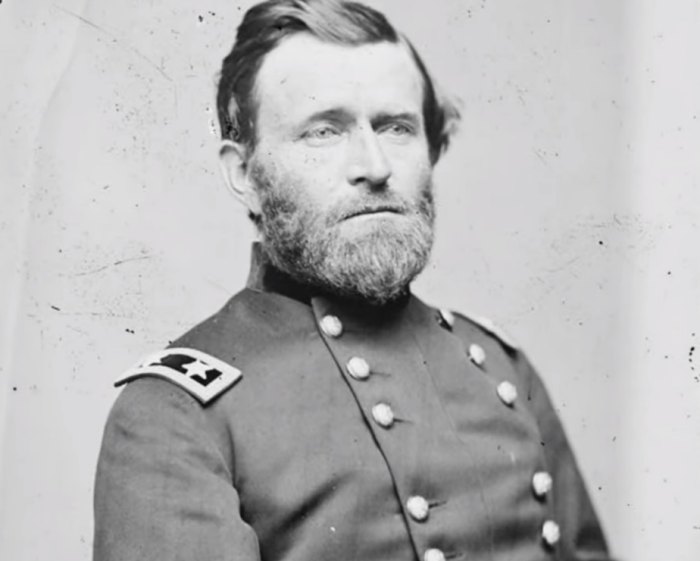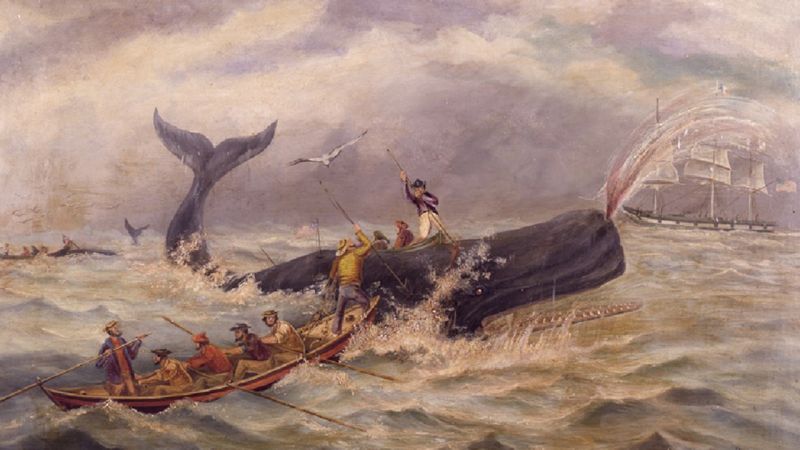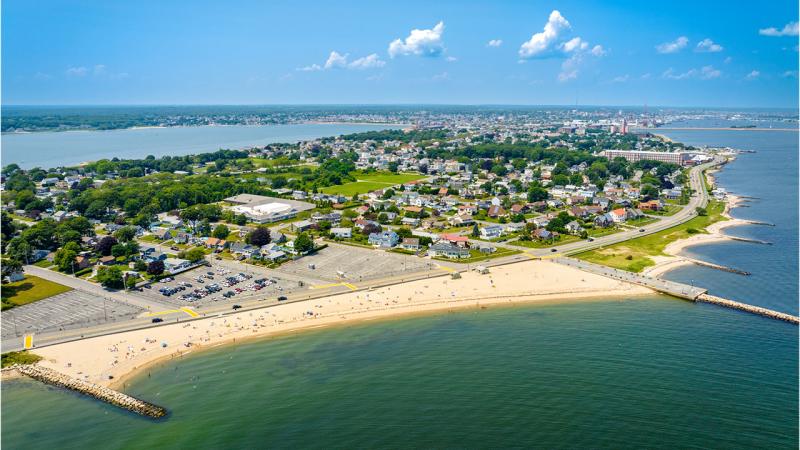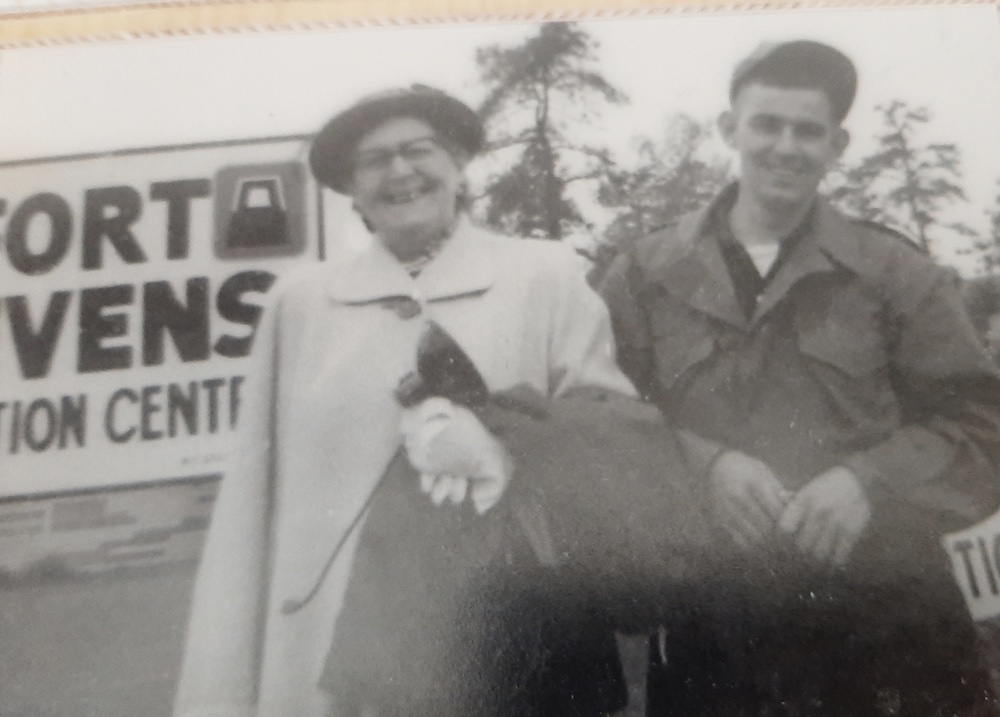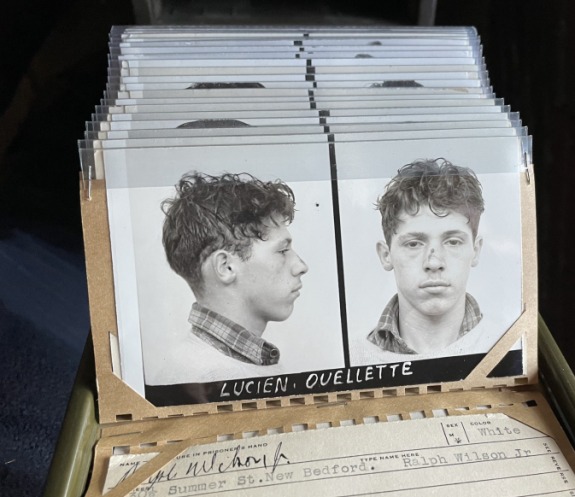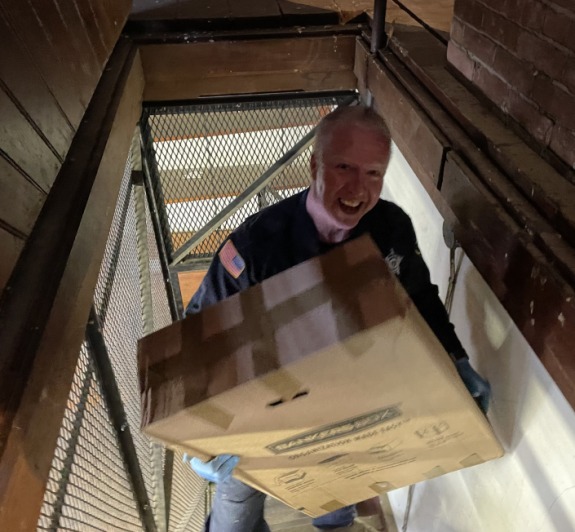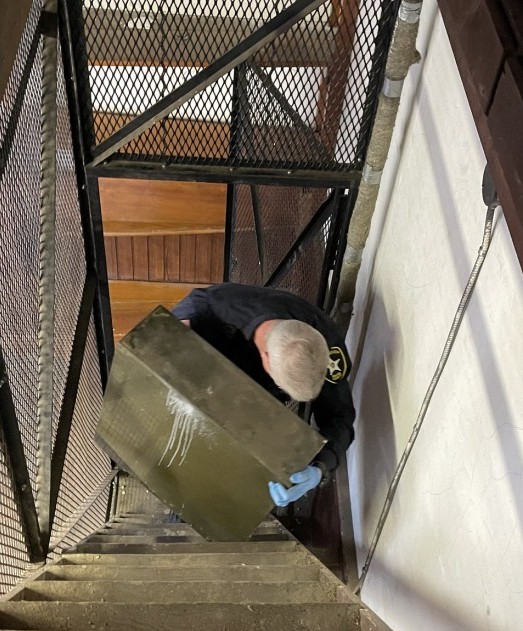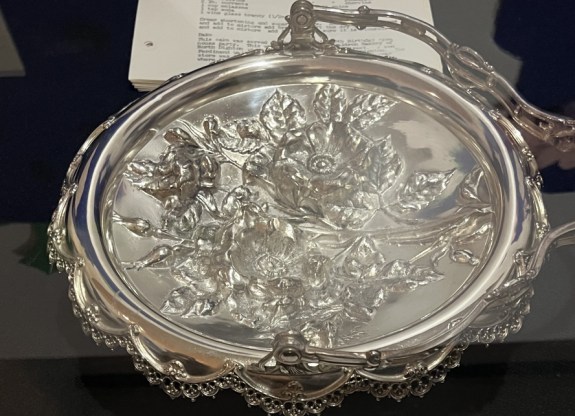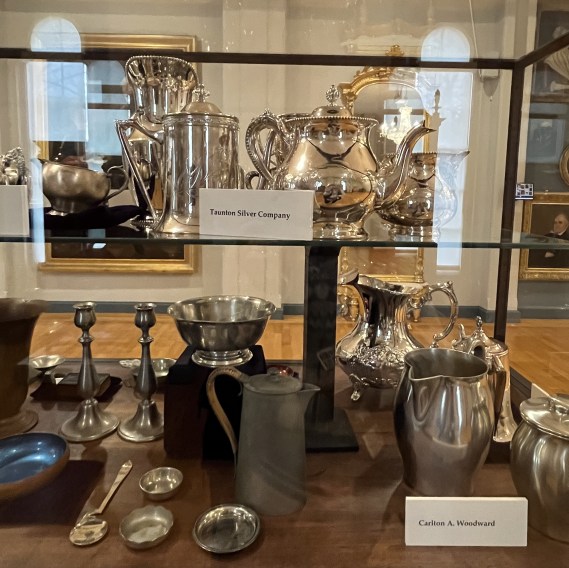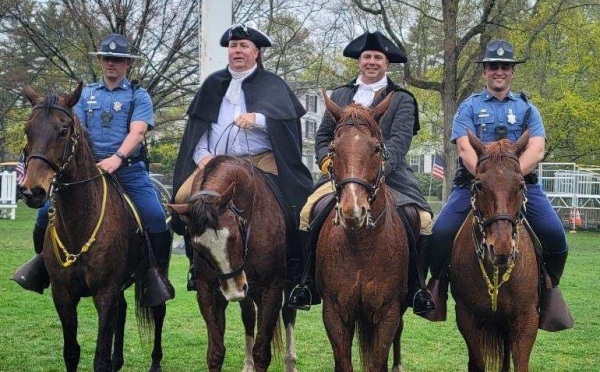The fascinating, controversial story behind the hidden New Bedford tombstone of Daddy Grace
Nestled away in the back corner of the Pine Grove Cemetery in New Bedford, Massachusetts stands a rather impressive mausoleum, statue, and plaque. This stands in remembrance of Marcelino Manuel da Graça, otherwise known as Charles Manuel “Sweet Daddy” Grace.
Daddy Grace was born on January 25th in the Cape Verde Islands. Interestingly, there is no verifiable information to confirm his exact birth year, although most sources either state 1881 or 1884.
In May of 1902 his family set sail aboard a ship named “The Freeman” and he arrived in America at the port of New Bedford, Massachusetts. 17 years later in 1919 he quit his job as a railway cook and built the first “House of Prayer” in West Wareham, Massachusetts at the cost of $39.
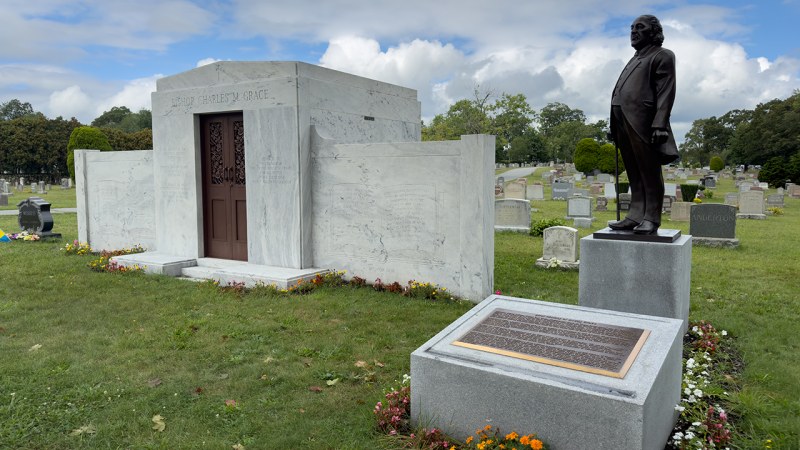
Photo by Steven Richard.
In December of 1921, a regular meeting place in New Bedford was organized on 357 Kempton Street. Throughout the 1920’s and 30’s Daddy Grace traveled extensively across the country holding tent meetings, healing services, and mass baptisms which were attended by the thousands.
Many people became members of the House of Prayer after these spiritual services because of the “healing power of Christ” being demonstrated. He was able to build an organization of 350 “Houses of Prayer” with a national membership of over 3 million followers.
His ability to step off the boat onto the Port of New Bedford with absolutely nothing in his name, and become an extremely wealthy man building over 350 churches with over 3 million followers is absolutely remarkable.
But unfortunately there is an aspect to his story which many have a major issue with.

Photo by Steven Richard.
Many would flat out tell you that “Sweet Daddy Grace” really was a cult leader who would enrich himself from his followers of the “Houses of Prayer”. It is rumored that he built a large wealthy empire by selling things like “plots in heaven” and “drinks that would cure anything” to his followers.
He made so much money that he actually bought the largest apartment building in New York City.
According to reporting from Southcoast Today, he faced some legal battles regarding tax evasion, IRS investigations, and even human trafficking which all make sense in regards to how he built his wealth. Although I don’t believe it is necessary to dig into the details of his legal issues, I figured it is important to note as it gives credibility to the rumors and stories surrounding him.
The story of Marcelino Manuel da Graça is a fascinating one to say the least. A poor kid that sailed to New Bedford from Cape Verde and became a wildly rich and famous cult leader that bought the tallest apartment in New York City. His life story has “Netflix Documentary” written all over it.
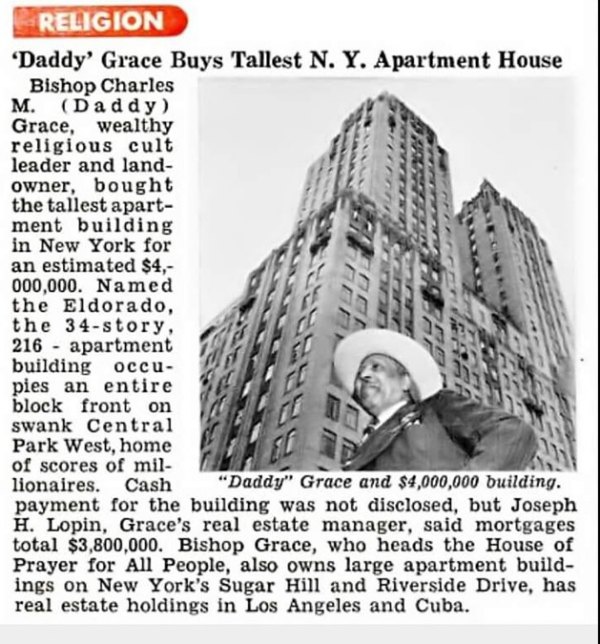
Photo by Steven Richard.







